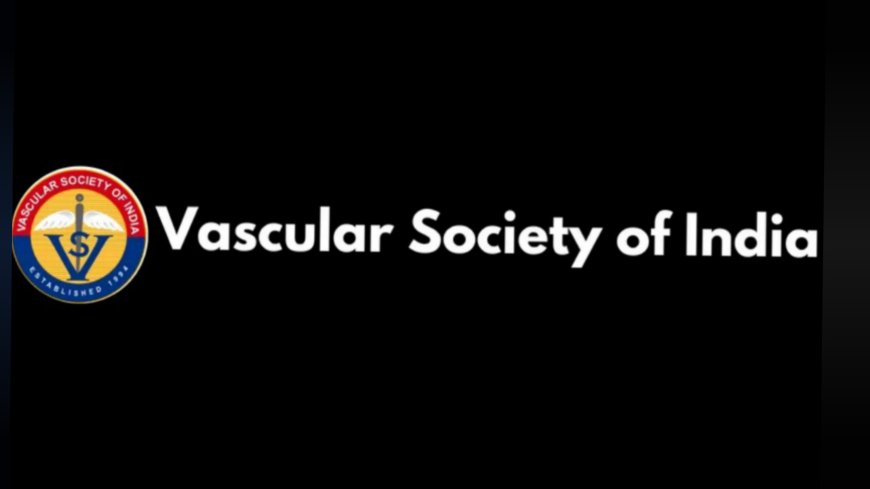Varicose Veins - Treatment Options

Understanding Varicose Veins and Their Modern Treatment Options. Varicose veins are a common yet often neglected vascular condition that affects a significant portion of the population, especially women and individuals who spend long hours standing. These are enlarged, twisted, and swollen veins, most commonly appearing in the legs. They occur when the valves within the veins that help regulate blood flow become weak or damaged, causing blood to pool and the veins to stretch and bulge. While varicose veins are often seen as a cosmetic issue, they can lead to discomfort, aching, heaviness, swelling, skin discoloration, and, in severe cases, skin ulcers or bleeding. Ignoring varicose veins can result in chronic venous insufficiency and a substantial decline in quality of life.
As a proud member of the Vascular Society of India, I'm committed to spreading awareness about vascular diseases and their impact on our nation. To further this mission, we're organizing a Vascular Awareness Week from August 4th to 9th, with a bold goal: an Amputation-Free India.
As vascular surgeons we provide range of modern, minimally invasive treatments tailored to the severity of the condition and the needs of each patient. We emphasize early diagnosis and personalized treatment plans that aim not only to relieve symptoms but also to prevent future complications. One of the most effective and commonly used techniques is Endovenous Laser Ablation (EVLA), where a laser fiber is inserted into the affected vein under ultrasound guidance. The heat from the laser closes the vein from within, redirecting blood flow to healthier veins. It is a daycare procedure with minimal pain, quick recovery, and no need for large surgical incisions.
Another advanced method we use is Radiofrequency Ablation (RFA), which works similarly to EVLA but uses radiofrequency energy to seal the damaged vein. Both procedures are highly effective, safe, and performed under local anesthesia. For superficial varicosities, foam sclerotherapy is also a preferred option, especially in smaller or residual veins after ablation. In this method, a medicated foam is injected directly into the varicose vein, causing it to collapse and eventually be absorbed by the body. In selected cases, particularly when there is extensive bulging or surface veins, phlebectomy removal of veins through tiny skin incisions may be recommended. In selected cases glue ablation especially in patients who are obese and allergic to ligocain and present early can be managed with this technique. Importantly, lifestyle modifications such as regular walking, leg elevation, avoiding prolonged standing, and wearing compression stockings remain a supportive part of both treatment and prevention. Patients must understand that while these methods relieve symptoms, they do not cure varicose veins hence the need for definitive treatment in appropriate cases. In conclusion, varicose veins are more than a cosmetic concern they are a medical condition that requires attention and timely intervention. With today’s advanced vascular techniques, we can offer patients safe, effective, and cosmetically acceptable treatments with fast recovery and minimal downtime.
As part of our commitment to vascular health at Fortis Hospital, Mohali, we encourage individuals experiencing symptoms of varicose veins to consult a vascular specialist. Early treatment not only improves comfort and appearance but also prevents serious complications in the future. Let’s raise awareness and promote healthy veins through education, prevention, and modern vascular care.
Dr. Ravul Jindal Member of VSI
Director Vascular and Endovascular Surgery Fortis Hospital, Mohali, Punjab, India







